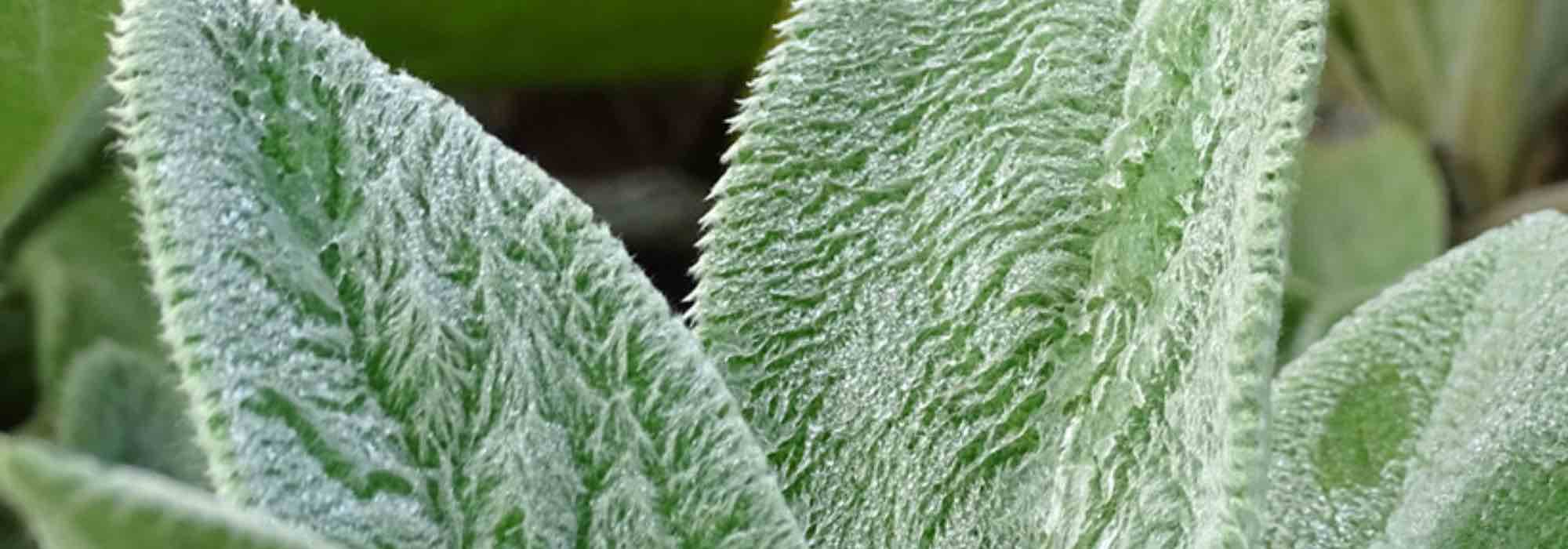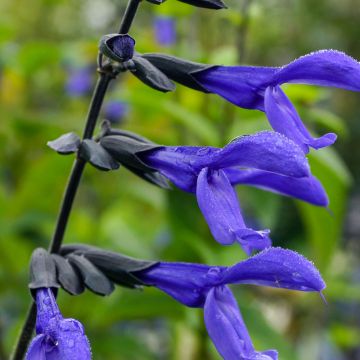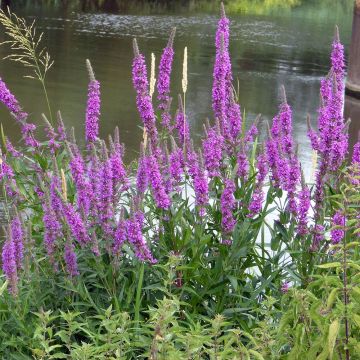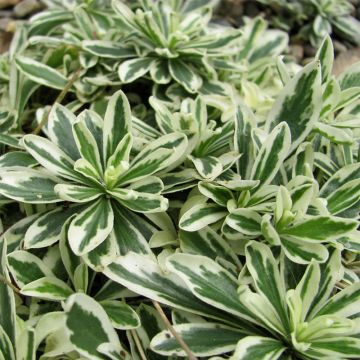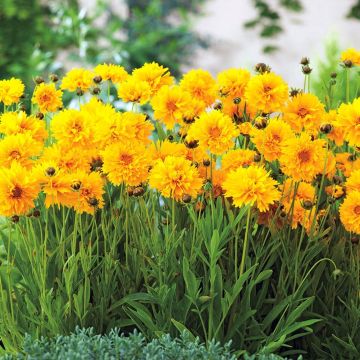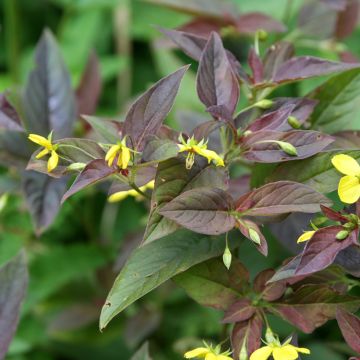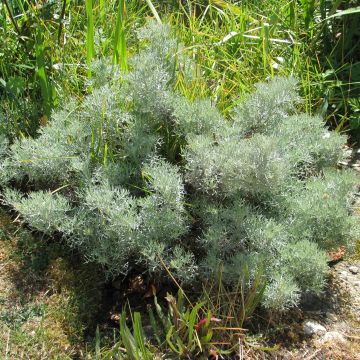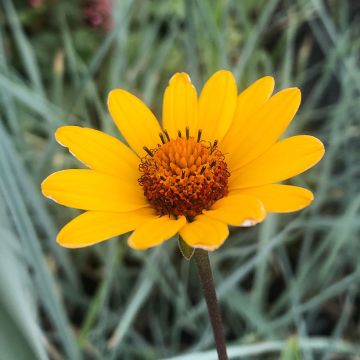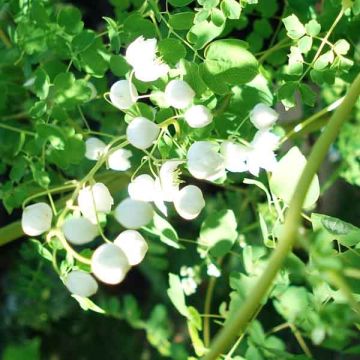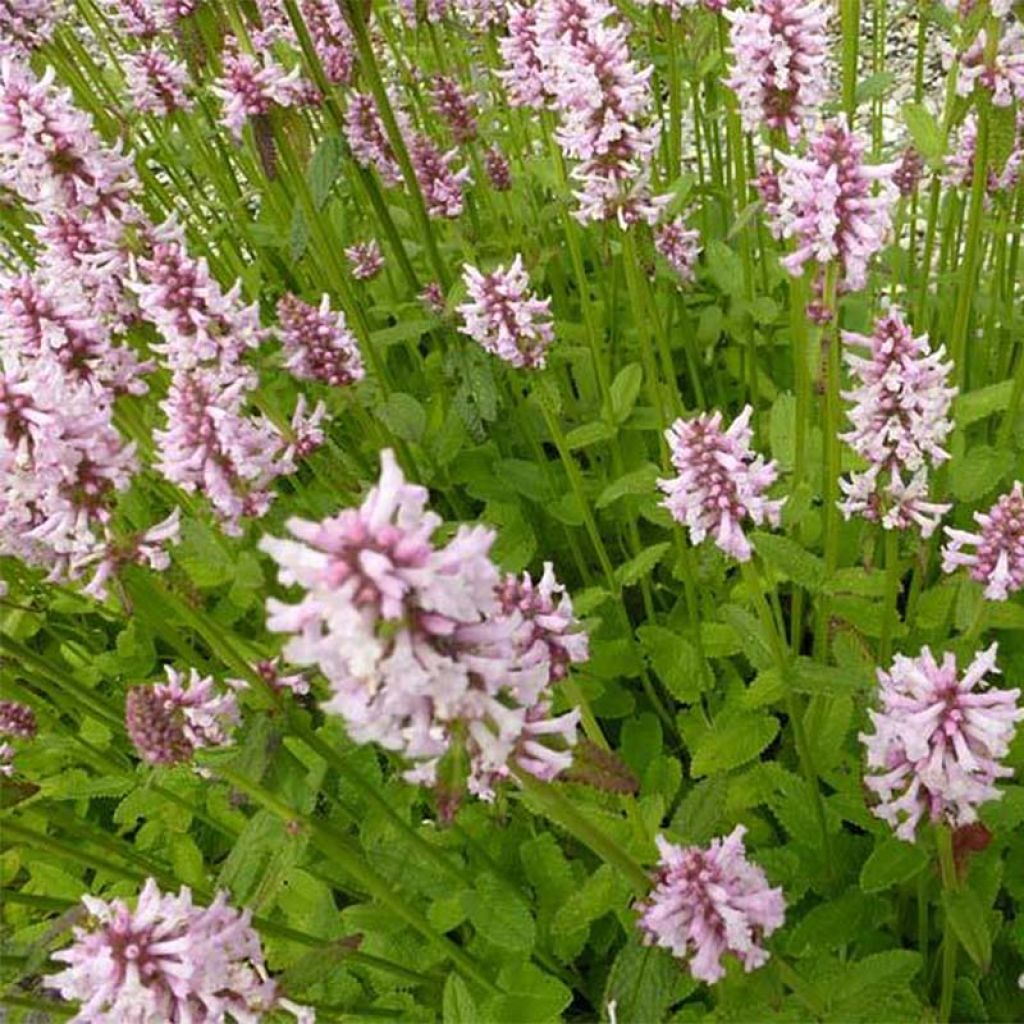

Stachys monieri Rosea
Stachys monieri Rosea
Stachys monieri Rosea
Monier's Betony, Alpine Betony
Very pretty
Alex, 01/10/2025
Special offer!
Receive a €20 voucher for any order over €90 (excluding delivery costs, credit notes, and plastic-free options)!
1- Add your favorite plants to your cart.
2- Once you have reached €90, confirm your order (you can even choose the delivery date!).
3- As soon as your order is shipped, you will receive an email containing your voucher code, valid for 3 months (90 days).
Your voucher is unique and can only be used once, for any order with a minimum value of €20, excluding delivery costs.
Can be combined with other current offers, non-divisible and non-refundable.
Home or relay delivery (depending on size and destination)
Schedule delivery date,
and select date in basket
This plant carries a 12 months recovery warranty
More information
We guarantee the quality of our plants for a full growing cycle, and will replace at our expense any plant that fails to recover under normal climatic and planting conditions.
Would this plant suit my garden?
Set up your Plantfit profile →
Description
Stachys monieri 'Rosea' is a little known and rarely used betony in our gardens. This cousin of bear's ears, of mountainous origin, has a very different appearance. Unlike the woolly species often used in dry soil, it charms with its lovely summer flowering, in large pale-pink and feathery floral spikes, which stand above a mound of green foliage with a crimped-waffle appearance. The foliage is evergreen depending on the severity of the winter. This hardy perennial grows in ordinary, well-drained but not too dry soil. It offers curious gardeners another way to dress sunny borders and even containers.
Betony belongs to the Lamiaceae family, just like mint and sage. Stachys monieri has its origins in Kurdistan, a country of mountains and high plateaus in Central Asia. It is a medium-sized herbaceous plant, with variable appearance in nature. The 'Rosea' variety stands out with its very beautiful soft pink flowering. The plant measures from 40 to 55cm (16 to 22in) or more in height when in bloom, and forms a uniform conical rosette of basal foliage. The large leaves are ovate to heart-shaped. The bottle-green lamina is glossy, thick, and strongly veined, with a waffle-like appearance. From June-July to September-October, it produces clustered flowers in large and dense spikes at the end of stems adorned with rare small leaves. The flowers are bilabiate, with one lobe, measuring 1.5cm (1in) and gently coloured in pink. This plant slowly forms beautiful clumps, increasing through creeping stems that root upon contact with the ground.
Stachys monieri 'Rosea' will naturally find its place in borders and in rockeries with Onosma alboroseum, campanula, or Antennaria dioica 'Rubra'. It blends well in beds with pink, mauve, or violet flowers, such as echinaceas, monardas, veronicas, Sedum 'Matrona', and Aethionema. It will thrive in wild-looking flower beds, in the company of plants such as comfrey, borage, centaureas, catmints, and asters (Aster cordifolius, A. turbinellus). It adapts to many situations. Plant it at the base of shrub roses or in the company of perennial geraniums.
Stachys monieri Rosea in pictures
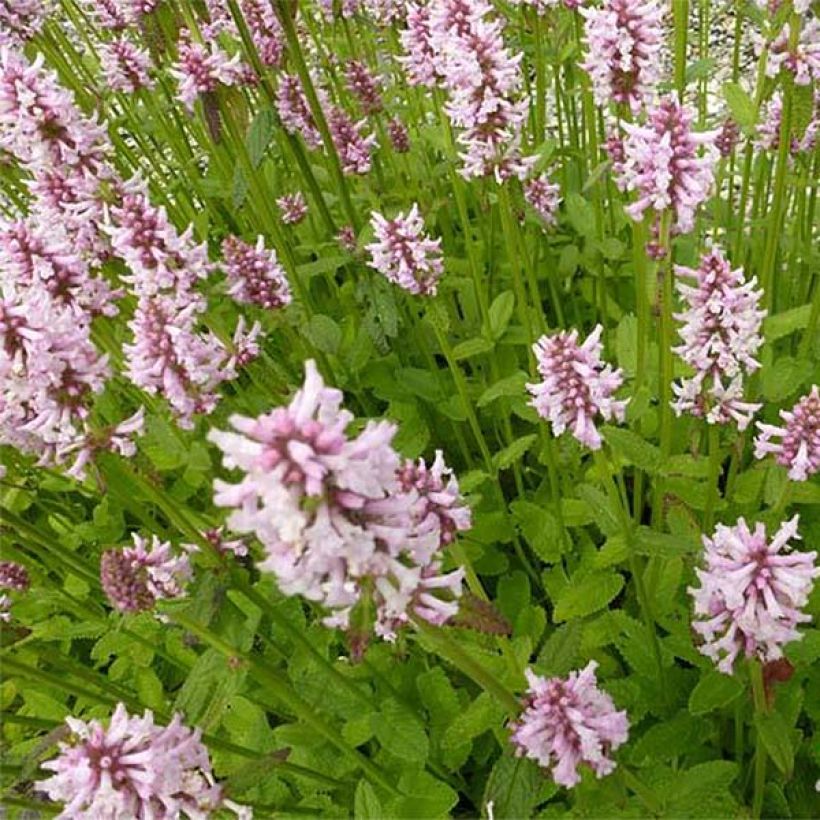

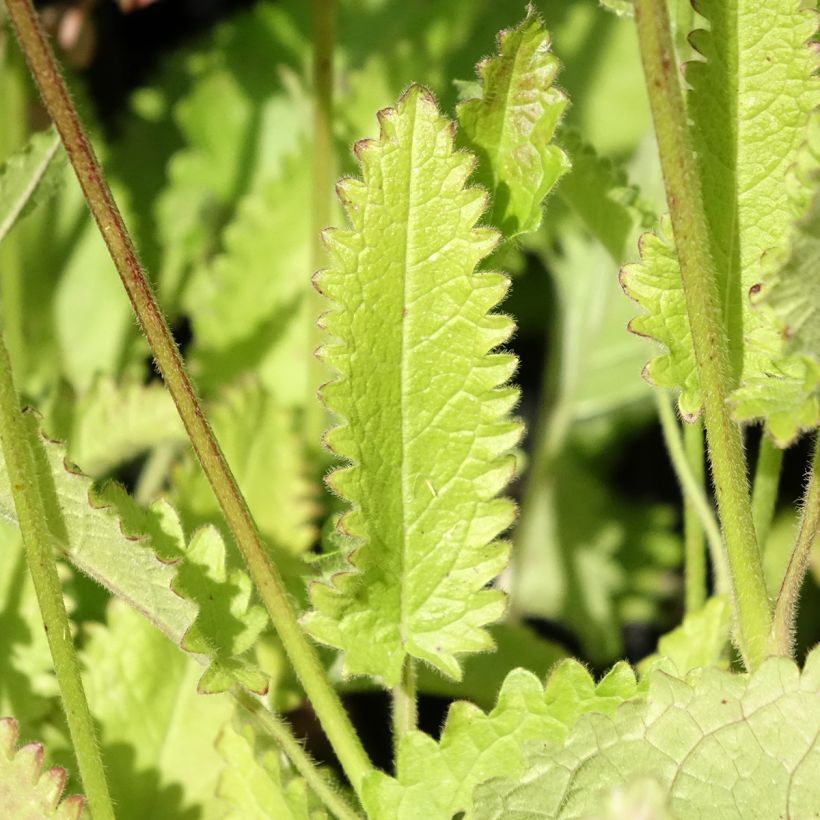

Flowering
Foliage
Plant habit
Botanical data
Stachys
monieri
Rosea
Lamiaceae
Monier's Betony, Alpine Betony
Central Asia
Planting and care
Growing Stachys monieri is easy. It is a low-maintenance perennial. Plant it in any well-drained and well-loosened soil that is not too dry and not too chalky, in full sun or partial shade in a warm climate. It naturally propagates through its stoloniferous stems. Prune the plant after flowering if you prefer to prevent self-seeding, in light soil.
Planting period
Intended location
Care
Planting & care advice
-
, onOrder confirmed
Reply from on Promesse de fleurs
Similar products
Haven't found what you were looking for?
Hardiness is the lowest winter temperature a plant can endure without suffering serious damage or even dying. However, hardiness is affected by location (a sheltered area, such as a patio), protection (winter cover) and soil type (hardiness is improved by well-drained soil).

Photo Sharing Terms & Conditions
In order to encourage gardeners to interact and share their experiences, Promesse de fleurs offers various media enabling content to be uploaded onto its Site - in particular via the ‘Photo sharing’ module.
The User agrees to refrain from:
- Posting any content that is illegal, prejudicial, insulting, racist, inciteful to hatred, revisionist, contrary to public decency, that infringes on privacy or on the privacy rights of third parties, in particular the publicity rights of persons and goods, intellectual property rights, or the right to privacy.
- Submitting content on behalf of a third party;
- Impersonate the identity of a third party and/or publish any personal information about a third party;
In general, the User undertakes to refrain from any unethical behaviour.
All Content (in particular text, comments, files, images, photos, videos, creative works, etc.), which may be subject to property or intellectual property rights, image or other private rights, shall remain the property of the User, subject to the limited rights granted by the terms of the licence granted by Promesse de fleurs as stated below. Users are at liberty to publish or not to publish such Content on the Site, notably via the ‘Photo Sharing’ facility, and accept that this Content shall be made public and freely accessible, notably on the Internet.
Users further acknowledge, undertake to have ,and guarantee that they hold all necessary rights and permissions to publish such material on the Site, in particular with regard to the legislation in force pertaining to any privacy, property, intellectual property, image, or contractual rights, or rights of any other nature. By publishing such Content on the Site, Users acknowledge accepting full liability as publishers of the Content within the meaning of the law, and grant Promesse de fleurs, free of charge, an inclusive, worldwide licence for the said Content for the entire duration of its publication, including all reproduction, representation, up/downloading, displaying, performing, transmission, and storage rights.
Users also grant permission for their name to be linked to the Content and accept that this link may not always be made available.
By engaging in posting material, Users consent to their Content becoming automatically accessible on the Internet, in particular on other sites and/or blogs and/or web pages of the Promesse de fleurs site, including in particular social pages and the Promesse de fleurs catalogue.
Users may secure the removal of entrusted content free of charge by issuing a simple request via our contact form.
The flowering period indicated on our website applies to countries and regions located in USDA zone 8 (France, the United Kingdom, Ireland, the Netherlands, etc.)
It will vary according to where you live:
- In zones 9 to 10 (Italy, Spain, Greece, etc.), flowering will occur about 2 to 4 weeks earlier.
- In zones 6 to 7 (Germany, Poland, Slovenia, and lower mountainous regions), flowering will be delayed by 2 to 3 weeks.
- In zone 5 (Central Europe, Scandinavia), blooming will be delayed by 3 to 5 weeks.
In temperate climates, pruning of spring-flowering shrubs (forsythia, spireas, etc.) should be done just after flowering.
Pruning of summer-flowering shrubs (Indian Lilac, Perovskia, etc.) can be done in winter or spring.
In cold regions as well as with frost-sensitive plants, avoid pruning too early when severe frosts may still occur.
The planting period indicated on our website applies to countries and regions located in USDA zone 8 (France, United Kingdom, Ireland, Netherlands).
It will vary according to where you live:
- In Mediterranean zones (Marseille, Madrid, Milan, etc.), autumn and winter are the best planting periods.
- In continental zones (Strasbourg, Munich, Vienna, etc.), delay planting by 2 to 3 weeks in spring and bring it forward by 2 to 4 weeks in autumn.
- In mountainous regions (the Alps, Pyrenees, Carpathians, etc.), it is best to plant in late spring (May-June) or late summer (August-September).
The harvesting period indicated on our website applies to countries and regions in USDA zone 8 (France, England, Ireland, the Netherlands).
In colder areas (Scandinavia, Poland, Austria...) fruit and vegetable harvests are likely to be delayed by 3-4 weeks.
In warmer areas (Italy, Spain, Greece, etc.), harvesting will probably take place earlier, depending on weather conditions.
The sowing periods indicated on our website apply to countries and regions within USDA Zone 8 (France, UK, Ireland, Netherlands).
In colder areas (Scandinavia, Poland, Austria...), delay any outdoor sowing by 3-4 weeks, or sow under glass.
In warmer climes (Italy, Spain, Greece, etc.), bring outdoor sowing forward by a few weeks.



































